If sound quality is your only concern, you can pick up the Audio-Technica ATH-SQ1TW. It is one of the best, if not the best, sounding pair of earphones you can buy under ₹8,000. However, for everything else – look elsewhere. In 2023, these earbuds provide minimal bang for your buck. You miss out on features such as Active Noise Cancellation and app support, and the battery life is mediocre, at best.
Tokyo-based Audio-Technica is a legendary name in the audio space. I’ve tested headphones and earphones from this brand and have usually come away impressed. This time around, the company has brought a new entrant to the competitive TWS space in India dubbed the Audio-Technica ATH-SQ1TW. These no-nonsense buds promise to deliver a musical experience, but this could come at the cost of features. At a similar price point, you get options such as the Jabra Elite 4 (review), Google Pixel Buds A-Series (review), and for ₹2,500 more, you can get even the shiny new Nothing Ear (2) (review). So, is the Audio-Technica ATH-SQ1TW worth its asking price of ₹7,490 and how does it hold up against the competition? Let’s find out in my detailed review.
Audio-Technica ATH-SQ1TW Review: Design and Fit
Audio-Technica has positioned the new ATH-SQ1TW as a stylish pair of truly wireless earphones; available for purchase in several colourways. Sadly, this is not the case in the Indian market where the Audio-Technica ATH-SQ1TW is only available in the Black colour variant, which honestly, looks quite bland compared to the suave looks of the Jabra Elite 4 and Google Pixel Buds A-Series. And of course, it looks nowhere as cool as the Nothing Ear (2). The matte texture of the case also gets scratched pretty easily.
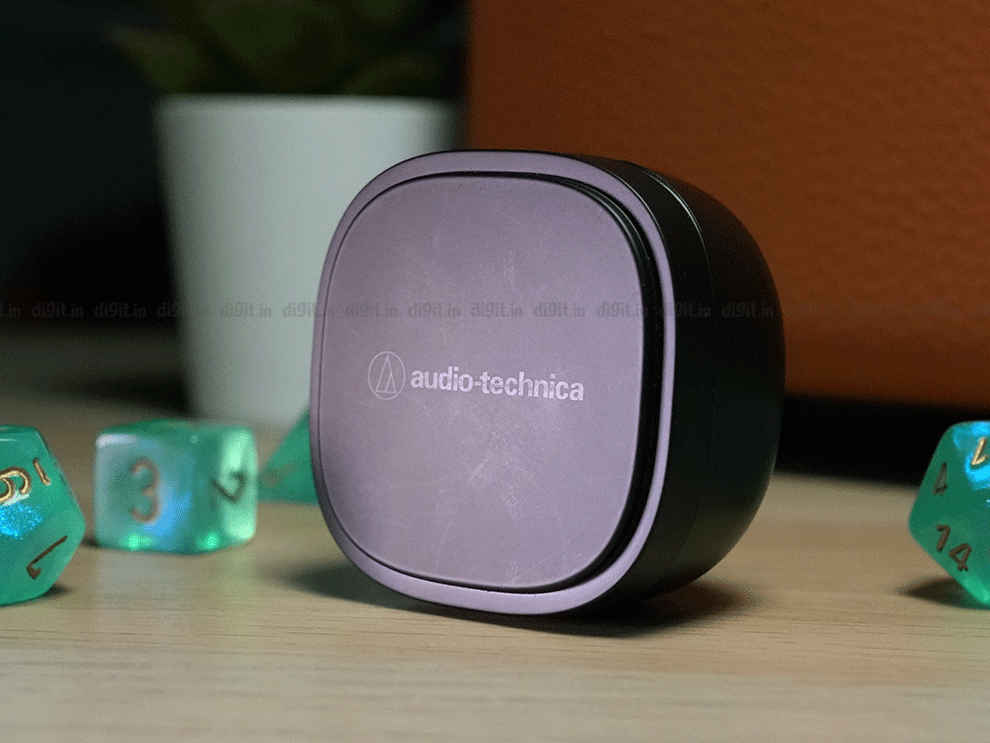
However, there are some design flourishes of note. The earbuds sit in a square charging box with rounded corners and subtle Audio-Technica branding on the top. The matte black case looks decent for the price and the shape is quite unconventional, but as we mentioned before, there are better-looking truly wireless earbuds at the same price. The USB Type-C charging port is situated on the back alongside a white LED indicator.
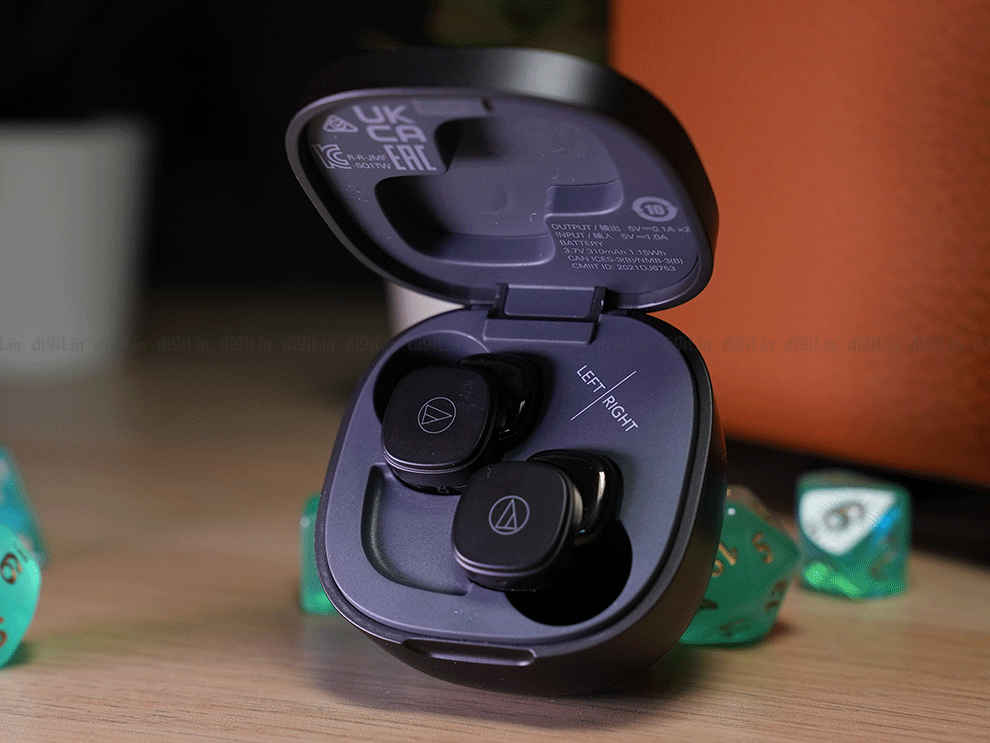
When you open the case, you will see the buds neatly tucked into their assigned Right and Left slots which are clearly indicated via text. The magnets are strong and the buds don’t slip out easily. The hinge of the case, however, feels a bit flimsy and could be prone to breakage with rough usage, so be warned.
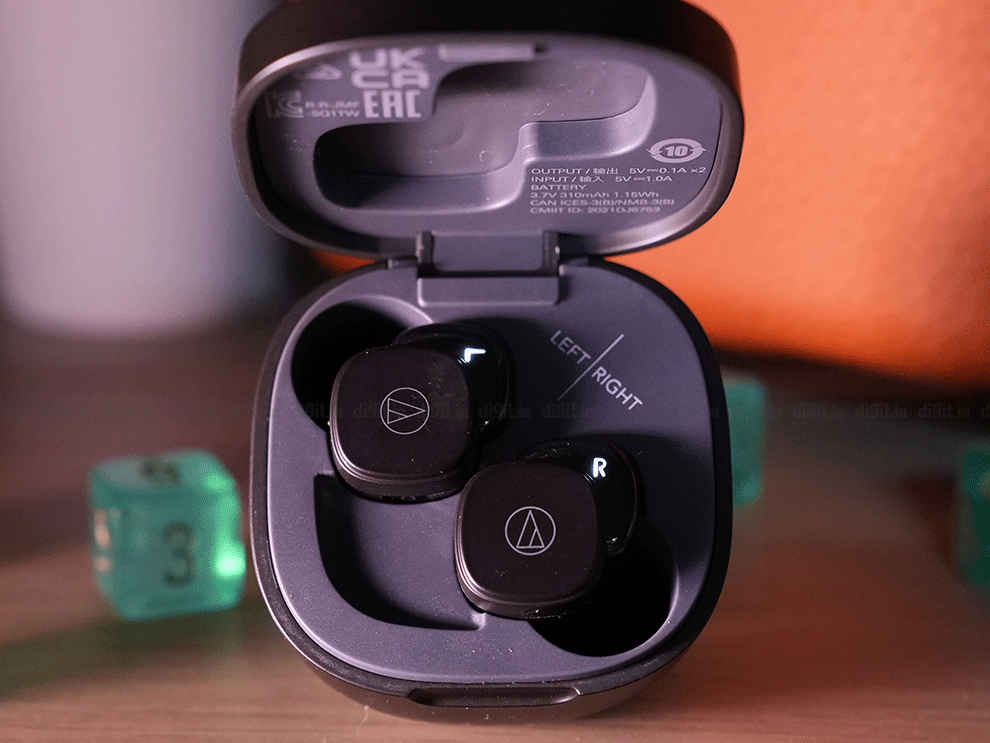
The earbuds follow the same squarish design language, as the charging case, and feature tiny Audio-Technica logos on the back (which also doubles as a touch sensor). There’s an extra fin-like area jutting out from each earbud which is merely ornamental and doesn’t help with the fit. Instead, it houses LED-lit R and L logos that light up when placed inside the case or when the case is opened. This looks pretty fancy.
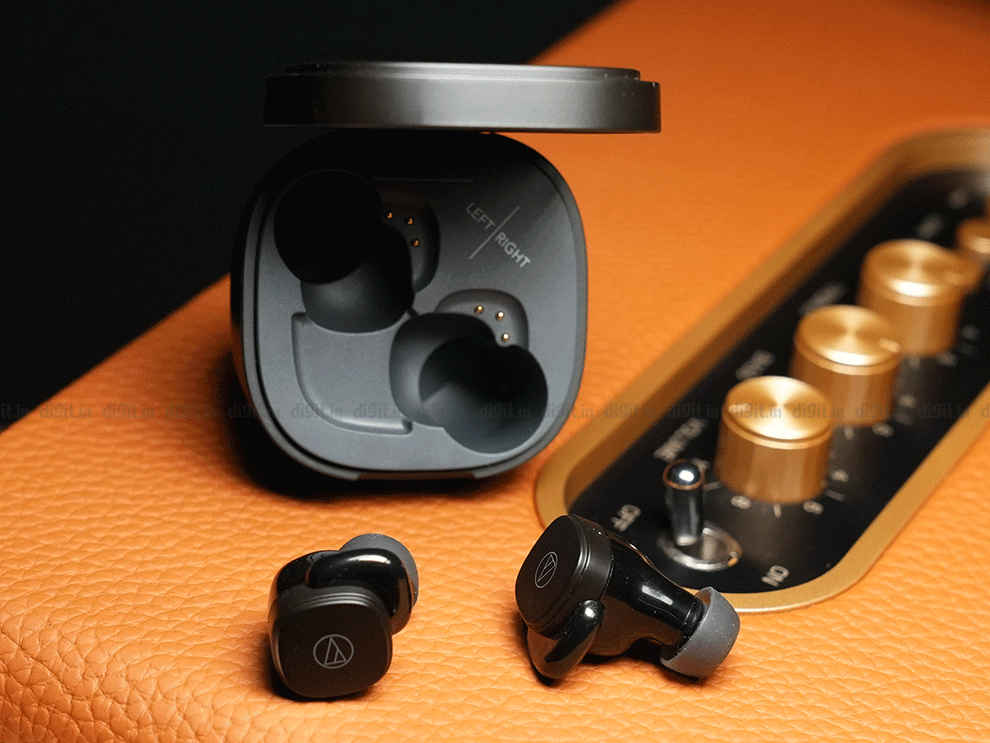
How these earbuds will fit you depends entirely on the fit you get from the ear tips. Audio-Technica has provided a total of 4 sizes of eartips, so most users should find a suitable fit. I found the fit to be quite snug and secure, but the earbuds go in very deep into your ears, which some may find uncomfortable. The buds need to be twisted and locked into place to get a solid fit. I could even go jogging with these buds without having to adjust them often and they also are IPX4 rated – which means you get resistance against sweat and splash damage.
Audio-Technica ATH-SQ1TW Review: Features
For the asking price of ₹7,490, the Audio-Technica ATH-SQ1TW are surprisingly low on features. There’s no Active Noise Cancellation, no app support, no voice assistant control, no on-ear detection, no multipoint connection, and no wireless charging. Most of its competitors come with at least ANC and app support at this price, so sadly, the Audio-Technica ATH-SQ1TW feels very barebones.
Let’s talk about the features we do get. The Audio-Technica ATH-SQ1TW may lack ANC but it does come packing a Transparency Mode. This can be activated by long-pressing the right touch sensor. Sadly, this mode is not well-implemented. As soon as you turn it on, you will be presented with a soft static-like noise and the environmental sounds that are amplified sound very artificial.
Since there’s no ANC, you mostly rely on passive isolation to drown out ambient sound when listening to music, and thankfully, the passive isolation is excellent – near perfect, in my opinion, since it is even more effective than some budget earbuds’ ANC.
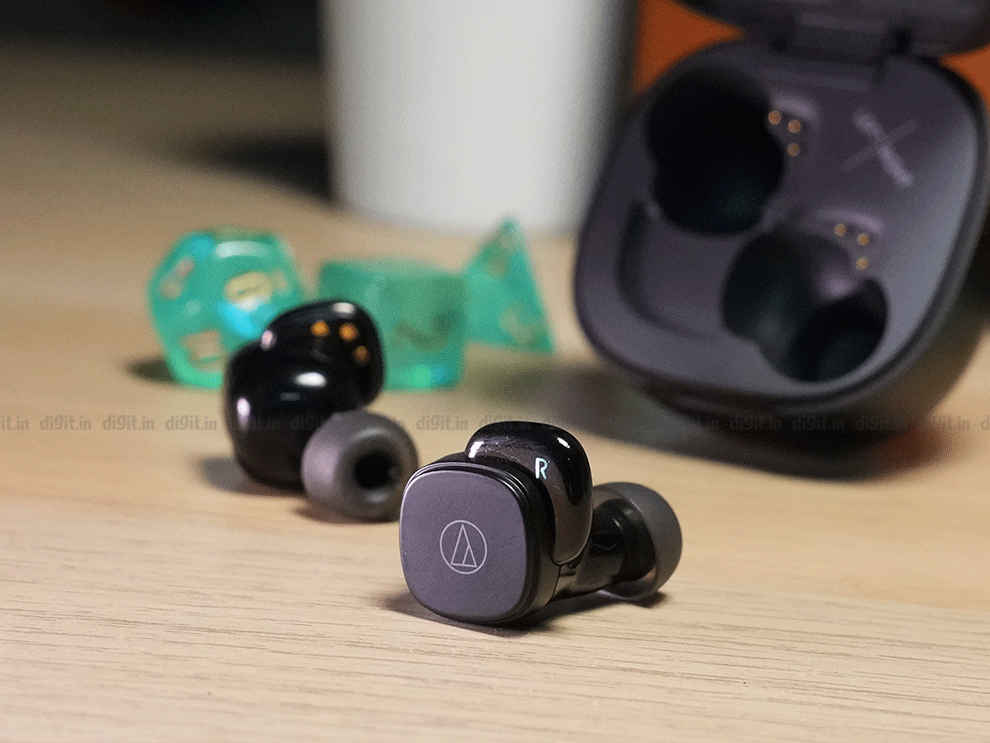
The earphones also have touch controls on both earbuds, but when you pull them out of their case, these controls are disabled by default to prevent accidental taps. You simply have to tap the touch controls once on the buds to activate the controls. Since the Audio-Technica ATH-SQ1TW doesn’t come with companion app support, there’s no way to alter the controls. The default controls are not very intuitive and I personally took some time to get used to them.
The earphones are powered by Bluetooth v5.0, which seems a bit dated in 2023, but we didn’t face any major connectivity issues. There’s Google Fast Pair support as well which quickens the pairing process quite a bit. The earphones also support Mono mode, where a singular bud can be used by itself while the other one is still in the charging case. There’s also a low latency mode which attempts to eliminate audio-video lag. Worked pretty decently during my testing, so kudos!
Audio-Technica ATH-SQ1TW Review: Performance
Equipped with 5.8 mm dynamic drivers, the Audio-Technica ATH-SQ1TW redeem themselves with their musical performance. The earphones have a balanced sound signature, a rarity at this price since most TWS earbuds veer towards the bass-forward sound signature. Sadly, the earphones only support the SBC audio codec, with support missing AAC and high-quality codecs such as aptX and LDAC.
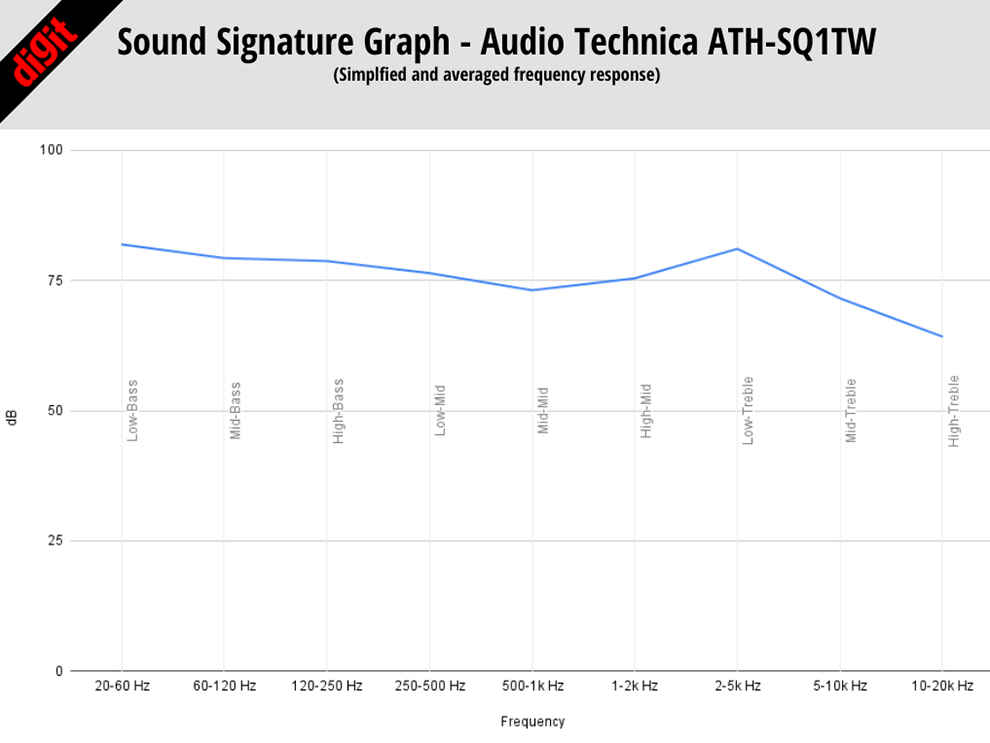
Despite this, the Audio-Technica ATH-SQ1TW are one of the best-sounding earbuds under ₹10,000. I compared the sound signature of these buds to the Nothing Ear (2) and Jabra Elite 4, and I found the Audio-Technica to be the best sonically. The bass response is punchy and consistent, with enough rumble to be enjoyable to listen to, but not excessively disruptive.
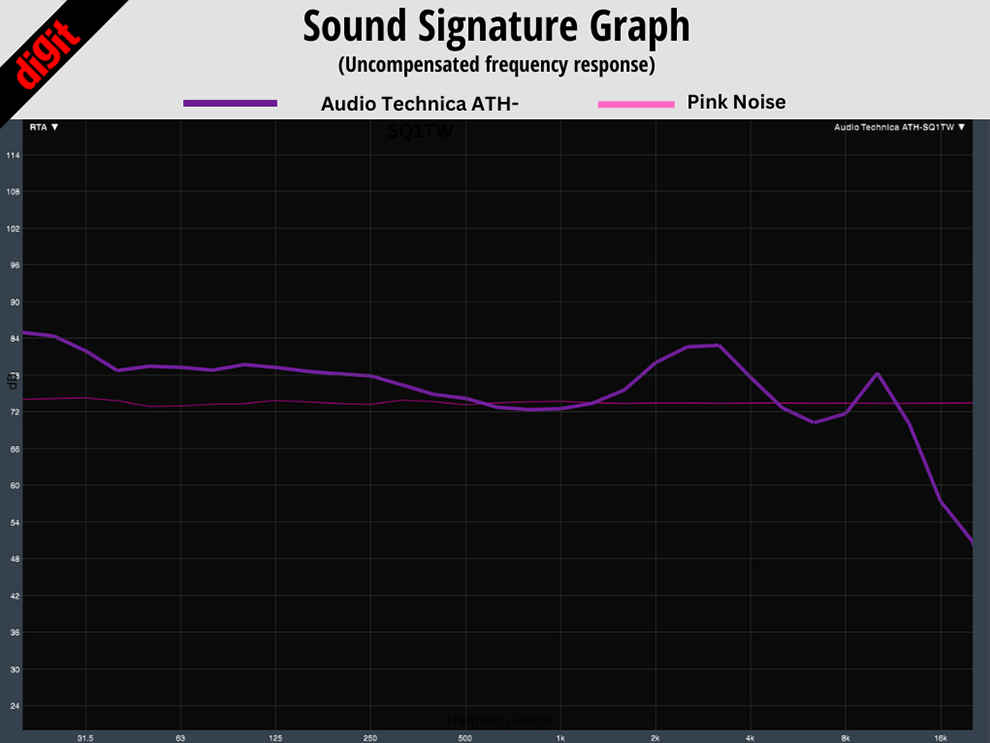
As a result, the mid-range also sounds clean and precise and the notes present between 250 Hz to 500 Hz shine through despite heavy bass interference in some EDM and pop tracks. The vocals sound great but the detail is slightly better on the Nothing Ear (2). The highs are nice and sparkly but the drop-off is a bit sudden. Nevertheless, the dip at 4 kHz - 6 kHz kept the sound mostly sibilance free. The soundstage is surprisingly wide for a pair of in-ear TWS earphones and the imaging is excellent as well.
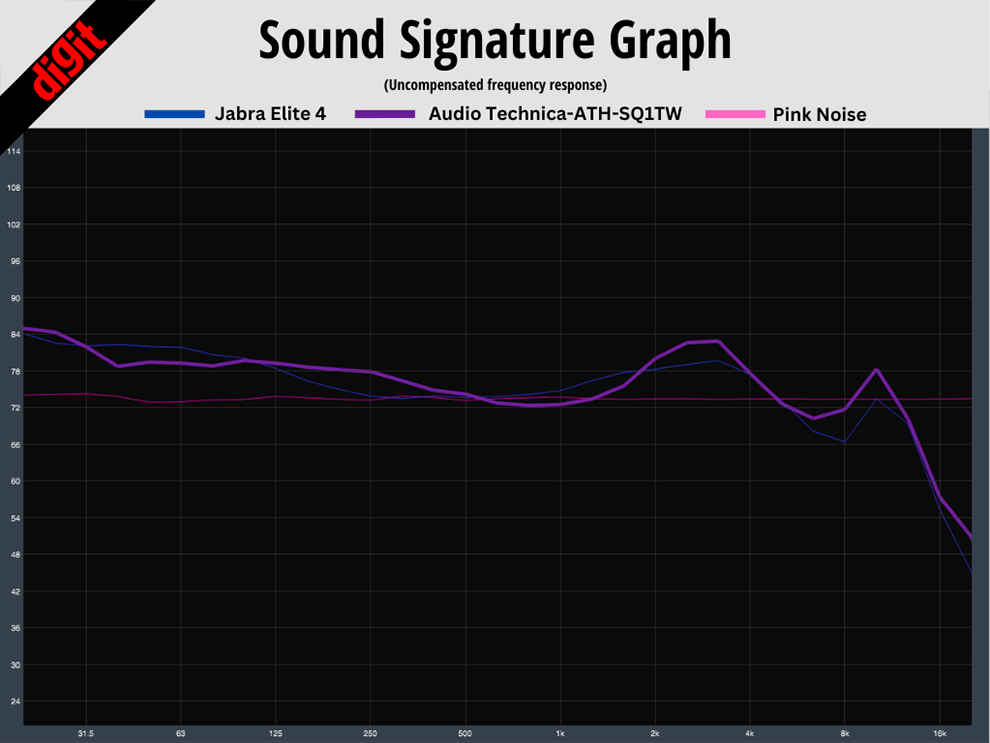
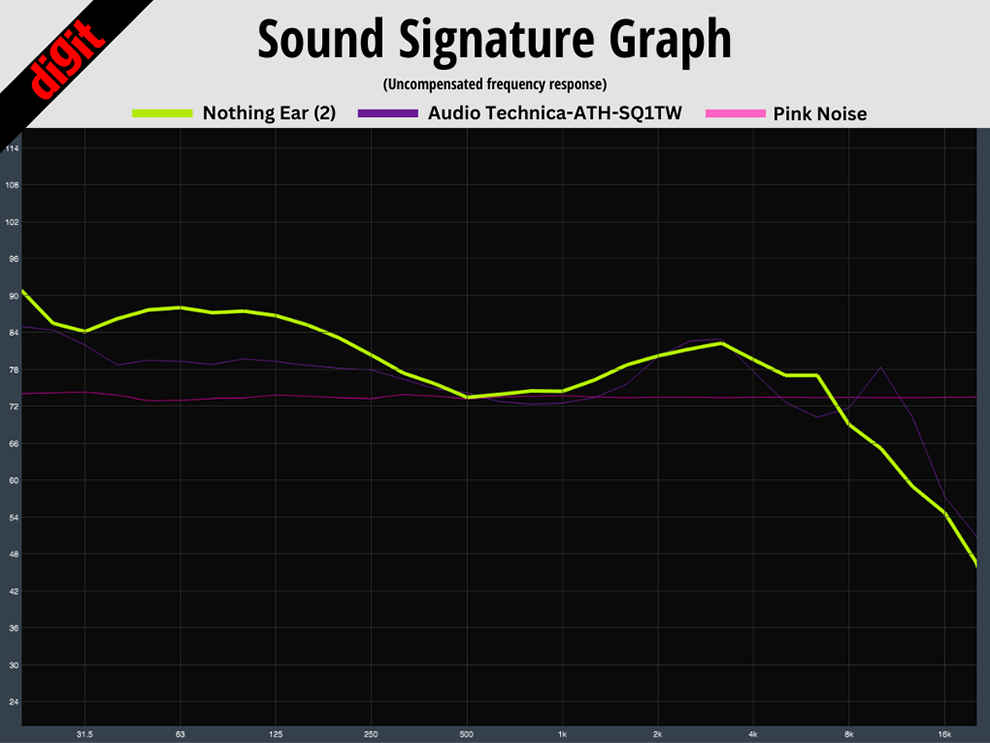
I really enjoyed listening to tracks such as Something from Nothing by the Foo Fighters where the instruments were accurately placed within the stage. Even pop songs such as Calm Down by Rema had good punchiness in the bass notes while still preserving the detail in Rema’s vocals. These are not the most detailed-sounding earphones, but if you get a good-quality FLAC file or listen to uncompressed audio, you can experience something truly musical.
The microphone on these earphones also impressed me a lot because of how clear my voice sounded on calls. There was tons of detail and clarity, which is often missing at this price. However, the microphone also picks up ambient sound, so don’t use these to attend meetings outdoors.
Audio-Technica ATH-SQ1TW Review: Battery Life
The Audio Technica ATH-SQ1TW’s battery life can be characterised as weak. It is not necessarily horrible, but it doesn’t match its competition. The earbuds are rated to last for 6.5 hours on a single charge, and the case provides 13 more hours of battery. This totals to 19.5 hours of battery life – without ANC – which is absurdly low in 2023.
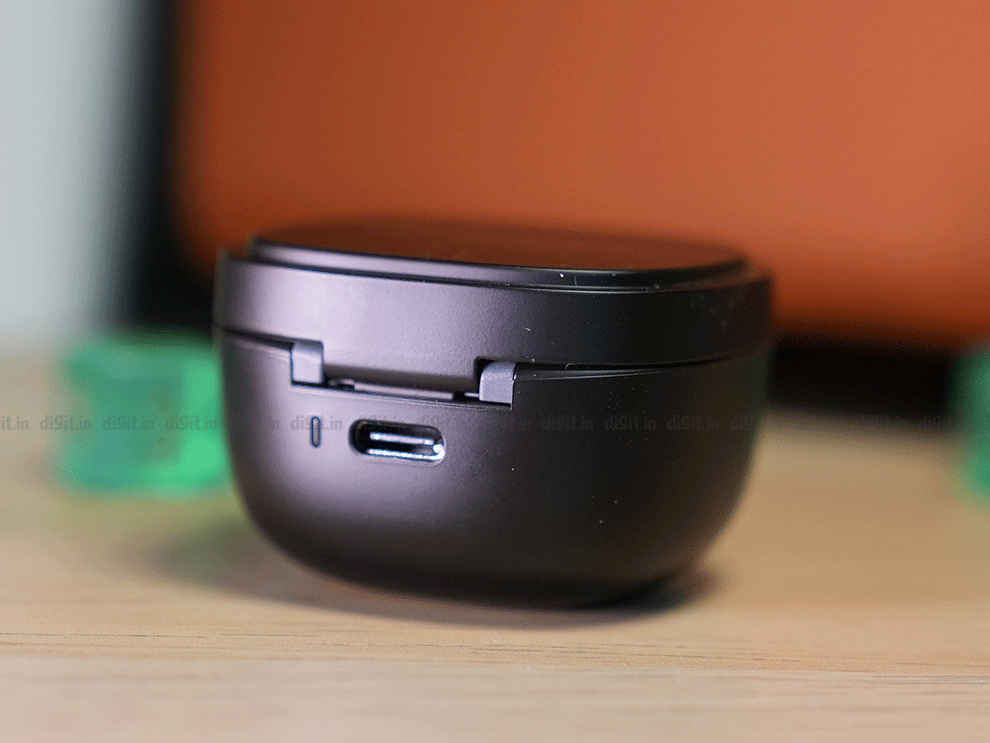
In my testing, the earbuds lasted a cool 6 hours and 2 minutes on 70 per cent volume. The case offered another two full charges. In contrast, the Jabra Elite 4 is rated for 28 hours of total battery life while the Nothing Ear (2) can go all the way up to 36 hours in total, both without ANC turned on.
The case can be charged using a USB C cable and as far as I could tell, there’s no fast charging support. You also don’t get wireless charging support. In our tests, the Audio-Technica ATH-SQ1TW charged to full in about 1.5 hours, which is decent enough.
Audio-Technica ATH-SQ1TW Review: Verdict
If sound quality is your only concern, you can pick up the Audio-Technica ATH-SQ1TW. It is one of the best, if not the best, sounding pair of earphones you can buy under ₹8,000. However, for everything else – look elsewhere. In 2023, these earbuds provide minimal bang for your buck. You miss out on features such as Active Noise Cancellation and app support, and the battery life is mediocre, at best. The design isn’t particularly striking and the one black-coloured variant looks quite ordinary. Opt for the Jabra Elite 4 which brings in several additional features and better battery life. If you can spend ₹2.5K more, the Nothing Ear (2) really stands out.
from Audio Video Reviews https://ift.tt/cuVOG34












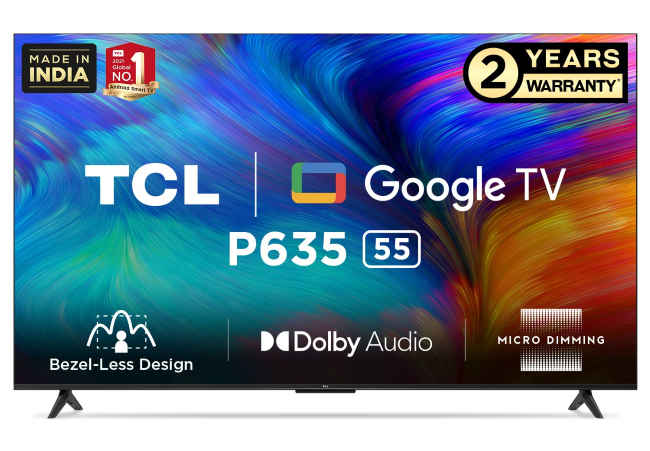

 3. OnePlus Nord CE 2 Lite 5G (6+128GB)
3. OnePlus Nord CE 2 Lite 5G (6+128GB)

